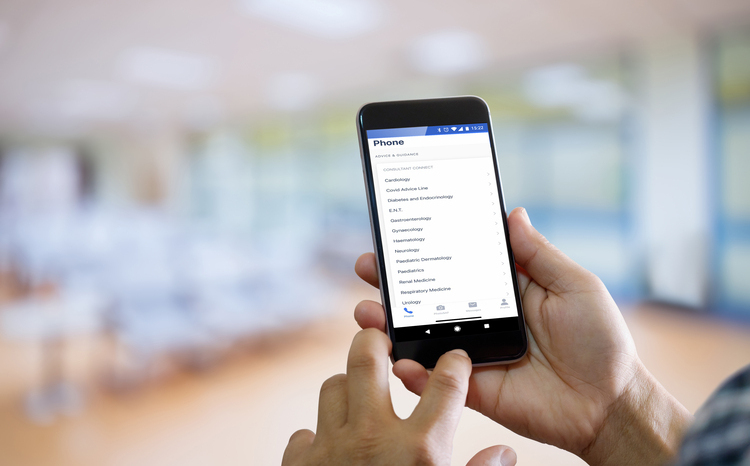More evidence needed on telehealth costs
- 5 August 2010
More evidence on the cost-effectiveness of telehealth and telecare innovations is needed to encourage their wider adoption, according to a review of use of assistive technologies in health and social care.
A briefing paper from the Whole System Demonstrator Action Network, Sustaining innovation in telehealth and telecare, says England has taken the lead among European countries in trialling new products and services and between 1.6 million and 1.7 million people in England now use telecare.
However authors Nick Godwin and Mike Clark from WSDAN say telehealth services are “comparatively undeveloped” with around 5,000 uses. Many of these people receive telehealth services through the Department of Health’s Whole System Demonstrator pilot programme, said to be the largest randomised control trial of assistive technologies in the world.
The briefing paper says there is an identifiable “chasm” between early adoption and wider uptake of technologies. Key barriers are said to include a lack of robust evidence for the cost-effectiveness of telecare and telehealth, the impact on professionals and organisations of adopting new ways of working, the lack of a consumer market and lack of interoperability and minimum standards for the technology.
the paper says that although pendant alarms account for the majority of telecare devices in use about 300,000 people are using sensor-based personal and environmental monitors.
It adds: “Using a broad definition of telecare, to include both pendant alarms and sensor-based systems, it is generally considered that the UK is the world leader in adoption of this new technology.”
Use of telehealth, however, is much lower outside the WSD programme according to the authors with many primary care trusts finding it challenging to turn the local findings from 30 to 50 unit pilots into a business case at a much larger scale supporting 1,000 users or more.
The paper adds: “The lack of robust evidence on the cost-effectiveness of telehealth innovations in the UK largely accounts for the limited uptake of the technology to date. Many PCTs feel that they have to prove their own business case for telehealth in order to adopt the technology locally, rather than accept findings from elsewhere.”
The authors argue that much greater evidence of cost-effectiveness seems to be demanded for health innovations than for innovations developed for housing or social care. They say that wider adoption will require leaders and champions to persuade key partners to invest in innovation, clarity of organisational goals including the involvement of providers, users and carers and strong commissioners who can decommission some services.
The paper adds: “Strong commissioning skills will be needed to decommission services that are no longer appropriate, and to improve the quality and cost-effectiveness of care through service redesign.”
WSDAN said its review will be the first in a series of briefing papers on telehealth and telecare.
Link
Whole System Demonstrator Action Network




